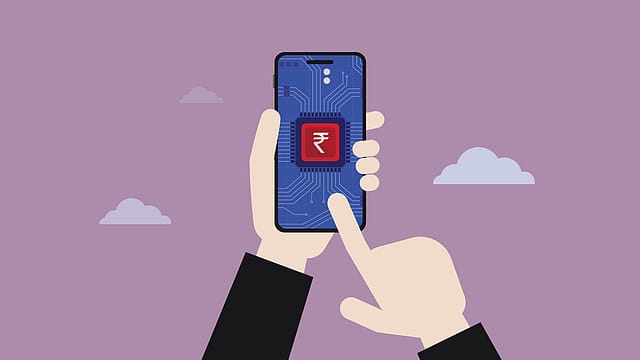India 3rd largest digitised economy: ICRIER
ADVERTISEMENT

India is the third largest digitised country in the world after the US and China, a just released report “State of India’s Digital Economy (SIDE) 2024” says. The report published by Indian Council for Research on International Economic Relations (ICRIER) adopts a new approach to measure digitalisation by recognising the scale of the network and depth of use of technology at the economy wide level to arrive at its conclusions. Other established global indices, the E-Government Development Index (EGDI) produced by the United Nations, the Network Readiness Index (NRI) of Harvard University and the International Telecommunication Union’s ICT Development Index (IDI) focus entirely on the average user.
In the SIDE 2024 report, the US ranks first with a score of 65 and China a close second with 62, India is third with a score of 39, followed by the UK (29), Germany (24) and South Korea (22). The ranking is based on a five pillar - Connect, Harness, Innovate, Protect and Sustain (CHIPS) - framework that measures the entire spectrum of digital transformation. The CHIPS framework has three tiers - pillars, sub-pillars and indicators.
The report indicates that India’s third rank is driven by two scale-driven pillars, Connect and Harness that collectively contribute 66% to India’s total score. At the sub-pillar level, India is operating at the global frontier in six sub-pillars (cyber attacks, affordability, access, public sector (payments), real economy and trust), at a moderate distance from the global frontier in seven sub-pillars (apps and platforms, AI, green digital tech, data intensity, quality, investments and start-ups and financial services), and far away from the frontier in three sub-pillars (emerging technology, preparedness and green R&D, SIDE 2024 says.
December 2025
The annual Fortune 500 India list, the definitive compendium of corporate performance, is out. This year, the cumulative revenue of the Fortune 500 India companies has breached $2 trillion for the first time. Plus, find out which are the Best B-schools in India.
However, while India as a nation is vastly digitalised, the average user is not, a reason why India is ranked 12th among the G20 countries in terms of level of digitalisation of the user. From the perspective of the experience of the average user, India is placed at the very bottom in the Connect and Harness pillars. India’s gender gap in internet connectivity at 10%, is higher than the world average of 9%. The rural-urban divide is at 58%, vis-à-vis the world average at 49%. However, India continues to score high on the Innovate pillar, and within Innovate, the two biggest contributing sub-pillars are AI and start-ups.
“The fact that India is doing well in the production of newer technologies (such as AI) but lags behind in the adoption of older basic technologies (such as broadband and internet) is a reflection of its own intrinsic duality: the second highest IT services exporter in the world with the largest unconnected population”, the report notes.
The Connect-Harness-Innovate-Protect (CHIP) framework was first presented in the SIDE 2023 report to reflect the progress in India’s digitalisation vis-à-vis G20 countries.
